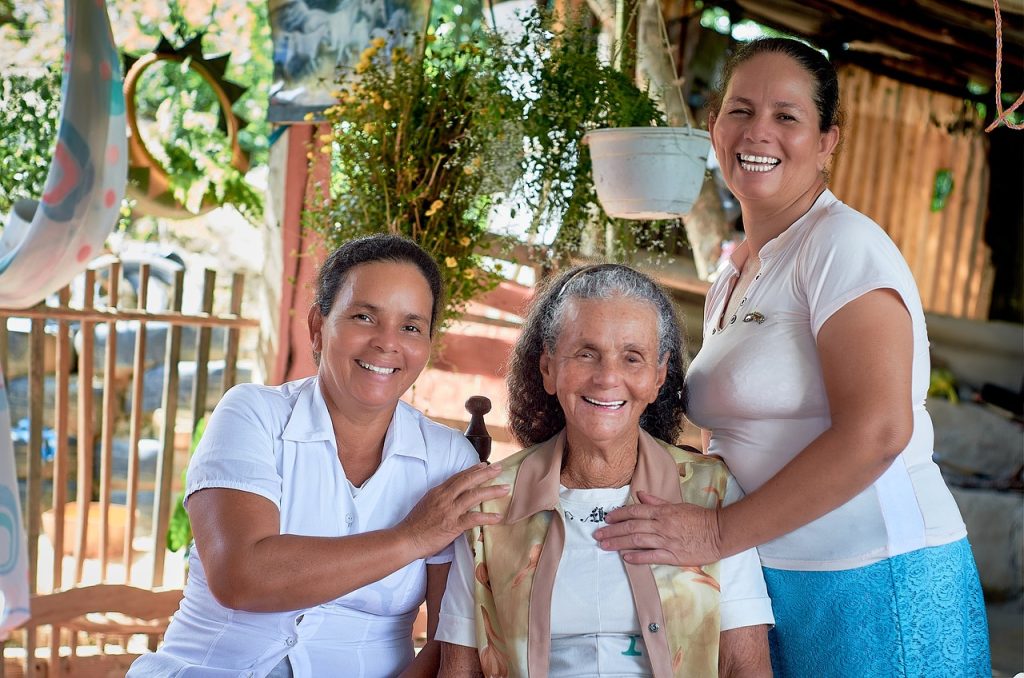
In a world driven by innovation and rapid health advancements, life expectancy is a topic surrounded by curiosity and, unfortunately, plenty of myths. Many of us have heard the popular beliefs that a long life is determined purely by genetics, specific superfoods, or a “perfect” exercise routine. But what if these beliefs only scratch the surface of what truly influences our lifespan? Let’s dive in and uncover the truth behind the myths of life expectancy
Myth 1: Longevity is Determined Mainly by Genetics
While genes certainly play a role in longevity, they account for only about 20-30% of life expectancy, according to researchers from the University of Edinburgh and other studies on longevity. Dr. Thomas Perls, a longevity expert at Boston University, explains that lifestyle factors, such as diet, exercise, and stress management, have a significantly larger influence. Epigenetics, or the way lifestyle and environment impact gene expression, is an increasingly important area of research, showing how habits and surroundings can modify genetic potential.
Myth 2: A Strict Exercise Routine Guarantees a Long Life
Dr. I-Min Lee, a professor of medicine at Harvard, highlights that simple habits, like walking or engaging in activities you enjoy, can boost longevity and cardiovascular health. Quality of movement matters more than quantity—finding accessible, sustainable routines can be more effective in the long run.
Myth 3: Mental Health Has Little Effect on Life Expectancy
Mental health profoundly impacts longevity, a fact supported by a growing body of research. Dr. Martin Seligman, a leading psychologist, found that a positive outlook and resilience are associated with better health outcomes and a lower risk of chronic illnesses. Chronic stress, anxiety, and depression have been linked to inflammatory responses and hormonal changes that can shorten lifespan.
Myth 4: Where You Live Doesn’t Impact Life Expectancy
Location can significantly affect how long we live, primarily due to environmental, social, and economic factors. Dr. Raj Chetty from Harvard discovered stark differences in life expectancy across various U.S. counties, influenced by factors like income inequality, access to healthcare, and social support. Addressing environmental and socioeconomic disparities is essential for improving life expectancy across populations.
In Summary
Life expectancy is shaped by a complex mix of factors that go beyond simply good genes or daily habits. Environmental conditions, and even mental health play powerful roles in how long we live. By understanding these insights, we can make informed choices that go beyond myths to truly impact our well-being and longevity.
Categories
- Healthy Lifestyle (3)
- Mental Wellness (4)
- Physical Fitness (6)
- Self Development (6)
- Tips (3)



